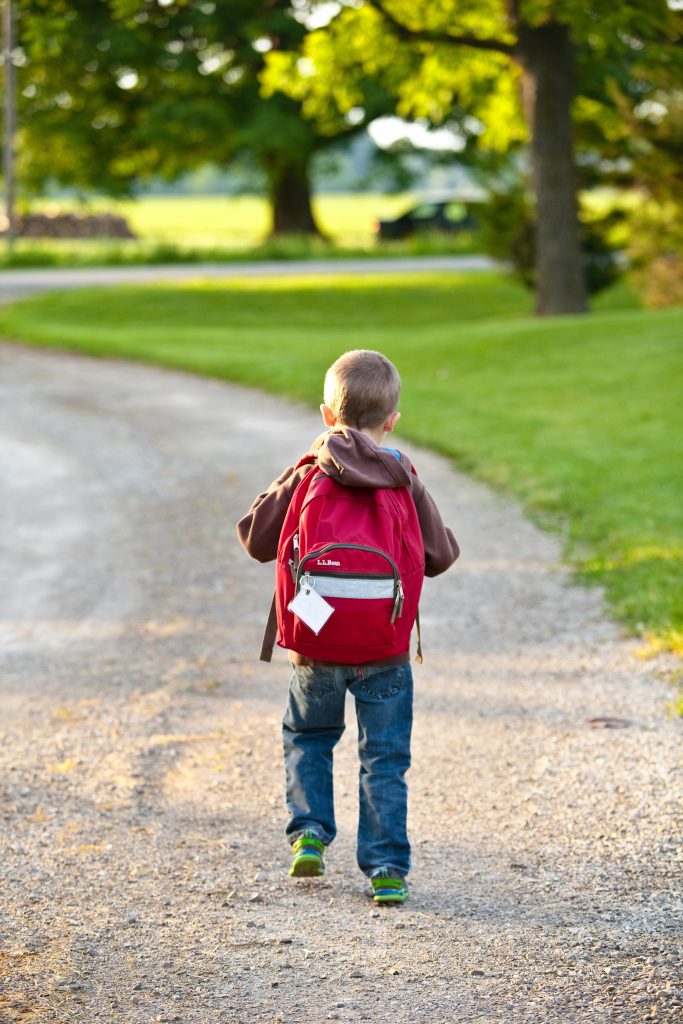One can easily notice how parents have grappled with the decision as to whether or not to send their children to school amid the current pandemic when scrolling through Facebook or other social media outlets. As to how the decision was made, it most definitely depended a lot on the family’s circumstances. Will both have parents have to work or can one parent stay at home and help with virtual learning? It certainly involved a lot of logistical talks, as well as what was best for the child and family.
If you did decide to send your child to school, there are some tips to help keep your child safe.
1.Know the signs and symptoms of COVID-19 in children. According to the Mayo Clinic, kids typically don’t become as sick as adults, and hospitalization rates for children are much lower than that of adults. However, if a child is hospitalized, they are treated in the intensive care unit as often as other hospitalized adults. Symptoms of COVID-19 in children are the following: fever, nasal congestion, cough, sore throat, shortness of breath, fatigue, headache, muscle aches, nausea/vomiting, diarrhea, and poor appetite. If your child has these symptoms, keep them home, and call your child’s health care provider. He or she can help you determine if your child should be tested.
2. Encourage your child to wear a mask even if it is optional. According to the CDC, masks help prevent the spread of COVID-19. The CDC also recommends that “Masks with exhalation vents or vents should not be worn to help prevent the person wearing the mask from spreading COVID-19 to others.” It’s important to know that some individuals do not show symptoms but can still spread the virus. This makes it even more important to wear masks especially in public settings or in places where it may be difficult to maintain social distancing.
3. Encourage your child to engage in frequent hand washing. Ensure that they wash their hands for at least 20 seconds (For younger children, encourage them to sing the “Happy Birthday” song twice). If soap and water are not available, use a hand sanitizer that contains at least 60% alcohol (Mayo Clinic).
4. Keep up with your well-child visits and vaccines. Having a healthy immune system is more important now than ever.
5. Reinforce social distancing. Discuss with your child that social distancing helps limit the spread of the virus through respiratory droplets that come from a person infected with COVID-19 when they talk or cough (McCallum, 2020). Also, discuss with your child not to share food or drink with others, even friends.
6. Consider having your child shower and change clothes when they get home. Children can come home carrying the virus, but not even know it.
7. Encourage your child to play outside or get some sort of exercise. This is great for their bodies and overall health.
8. Talk with your child about any possible concerns they have about attending school. Trust your instincts. If going to school in person isn’t working out, consider homeschooling your child if that’s possible.
Final Thoughts
We are in unprecedented times. This pandemic has changed how we are living at the current time, even how our children are going to attend school. Educate yourself on how to keep your child safe and then teach your child. But above all else, trust your instincts. If something needs to change, then, by all means, make that change. Hopefully, in time, this will all change.
References
Considerations for wearing masks. Retrieved from (link removed)
Mayo Clinic Staff. COVID-19 (coronavirus) in babies and children. Retrieved from https://www.mayoclinic.org/diseases-conditions/coronavirus/in-depth/coronavirus-in-babies-and-children/art-20484405.
McCallum, K. (2020). Retrieved from https://www.houstonmethodist.org/blog/articles/2020/jul/5-back-to-school-safety-tips-during-the-covid-19-pandemic/





